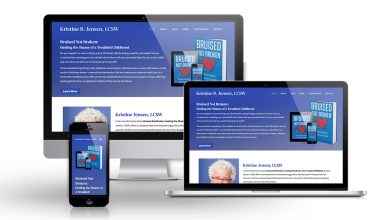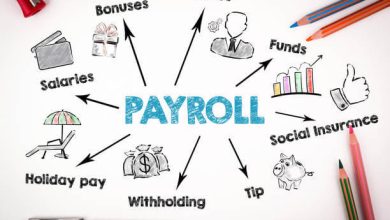Stepping Up Your Investment Game with 1031 Exchange Rules

In the dynamic world of real estate investment, staying ahead requires not only knowledge but also the ability to leverage strategic tools that maximize returns. One such tool that has garnered significant attention is the 1031 exchange. This article delves into the nuances of the 1031 exchange rules, unraveling the potential it holds for investors seeking to elevate their investment game.
Understanding 1031 Exchange: A Brief Overview
The 1031 exchange, also known as a like-kind exchange, is a provision in the U.S. tax code that allows real estate investors to defer capital gains tax when selling a property and reinvesting the proceeds into another property of equal or greater value. This section delves into the fundamental concepts behind the 1031 exchange and its potential impact on your investment strategy.
Benefits of Utilizing 1031 Exchange
Tax Deferral: A Powerful Advantage
At the heart of the 1031 exchange lies its most compelling benefit – tax deferral. This strategy enables investors to defer paying capital gains tax, allowing them to reinvest the full sale amount into a new property. By unlocking this liquidity, investors can leverage a larger capital base for their next investment, potentially leading to higher returns.
Portfolio Diversification and Scaling
The 1031 exchange isn’t just about tax savings; it’s a gateway to portfolio diversification and scaling. Investors can strategically reallocate their investments to align with changing market trends. For instance, an investor can transition from residential properties to commercial real estate, thus mitigating risks and tapping into new income streams.
Navigating 1031 Exchange Rules Successfully
Qualified Properties: What Qualifies for Exchange?
Navigating the rules of the 1031 exchange requires a clear understanding of what properties qualify for this tax benefit. Generally, real properties held for business or investment purposes can be exchanged. However, properties intended for personal use do not meet the criteria.
The Timelines: Identification and Acquisition
Successful utilization of the 1031 exchange necessitates adherence to specific timelines. Investors have 45 days from the sale of their original property to identify potential replacement properties. Once identified, one or more of these properties must be acquired within 180 days. Diligence and swiftness are paramount to ensure compliance.
Real-Life Case Studies: Achieving Investment Success
Let’s dive into real-life case studies that exemplify the effectiveness of the 1031 exchange strategy.
Case Study 1: Maximizing Leverage
In this scenario, Investor A sells a residential property for a substantial gain and utilizes the 1031 exchange to defer capital gains tax. By doing so, they acquire a larger commercial property with higher income potential. This not only multiplies their rental income but also positions them for future appreciation.
Case Study 2: Adapting to Market Trends
Investor B owns a retail space in an area undergoing an economic shift. Sensing the trend, they exchange their retail property for a mixed-use development property using the 1031 exchange. This shrewd move not only anticipates market changes but also ensures a diversified income stream.
Common Misconceptions About 1031 Exchange
Misconception 1: Limited Property Options
One prevalent misconception is that the 1031 exchange restricts investors to a narrow set of replacement properties. In reality, the rules are flexible, encompassing a wide range of property types.
Misconception 2: One-to-One Exchange Requirement
Contrary to popular belief, the 1031 exchange doesn’t mandate a one-to-one property swap. Multiple properties can be identified and acquired within the stipulated timelines, offering investors versatility in their decisions.
Conclusion: Elevate Your Investment Strategy with 1031 Exchange
Supercharging your investment game requires strategic thinking and leveraging every available advantage. The 1031 exchange offers investors a powerful tool to optimize their tax obligations, diversify portfolios, and scale their investments intelligently. By mastering the rules and nuances of the 1031 exchange, you can position yourself to achieve investment success that goes beyond the ordinary.
FAQs: Clarifying Key Doubts
Q1: Can I use the 1031 exchange for any type of property?
Yes, the 1031 exchange can be used for a wide range of real properties held for business or investment purposes. However, properties primarily held for personal use, like a primary residence, do not qualify.
Q2: What happens if I miss the 45-day identification period?
Missing the 45-day identification period can jeopardize the 1031 exchange. Failing to identify replacement properties within this timeframe may result in disqualification of the exchange, leading to potential tax liabilities.









